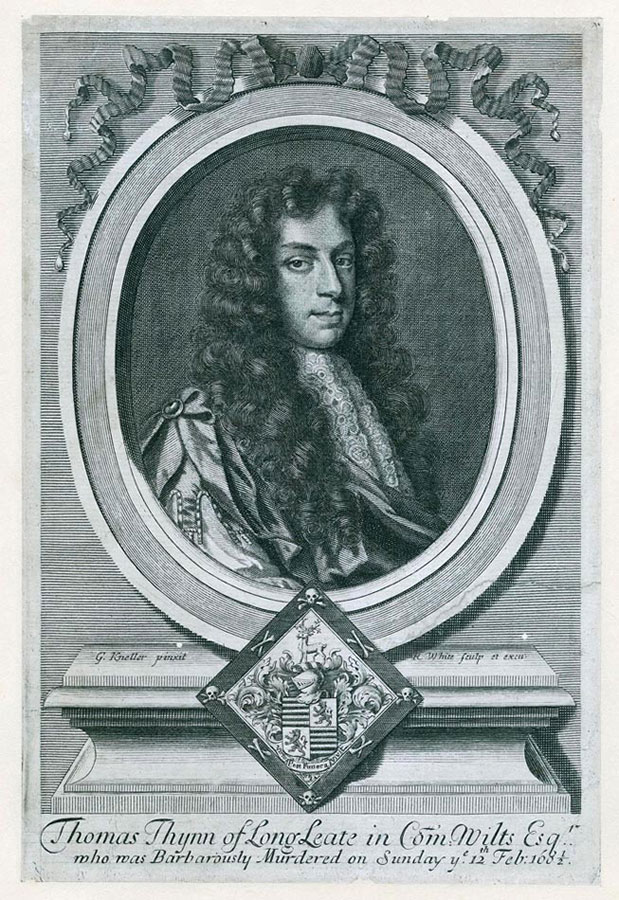Eyre Coote
Memorial
In the west aisle of the north transept of Westminster Abbey is a very large white marble monument (26 feet high and 12 feet wide) to the memory of Lt. General Sir Eyre Coote.
It is by the sculptor Thomas Banks, 1789, and shows at the base a sarcophagus on which is a relief of an elephant and above, against the pyramid, is a palm tree with flags and military trophies. Among the trophies are a Roman helmet, the Club of Hercules, a bow, a quiver and some arrows. A figure of Victory suspends a medallion portrait of Coote from the tree. On the right is a seated Mahratta captive with his hand resting on a cornucopia, the contents of which cascade on to a British shield. The inscription reads:
This monument is erected by the East India Company, as a memorial of the military talents of Lieutenant General Sir Eyre Coote, K.B. Commander in Chief of the British Forces in India, who, by the success of his arms, in the years MDCCLX and MDCCLXI, expelled the French from the coast of Coromandel. In MDCCLXXXI and MDCCLXXXII he again took the field in the Carnatic, in opposition to the united strength of the French and Hyder Ally; and, in several engagements, defeated the numerous forces of the latter. But death interrupted his career of glory on the XXVII th day of April MDCCLXXXIII, in the fifty eighth year of his age.
His life
Coote was born in 1726, a son of the Reverend Chidley Coote of co. Limerick in Ireland and his wife Jane (Evans). He was appointed Ensign in 1744 but after a rout by the forces of Charles Edward Stuart in Scotland he was among those tried for cowardice. But a few years later he was back in the army and in India he led a division at the battle of Plassey. While Commander in Chief in India he captured Pondicherry and routed Hyder Ali’s army. Later in his career he was commandant of Fort George in Scotland.
In 1763 he married Susannah Hutchinson, daughter of the governor of St Helena. He died in Madras on 27th April 1783 and his wife brought the body back for burial at Rockbourne in Hampshire, near his estate (14th September 1784). They had no children and the estate passed to his nephew, also Sir Eyre Coote (1759-1823), M.P., army officer and colonial administrator, son of Dr Charles Coote.
Further reading
Oxford Dictionary of National Biography for Sir Eyre and his nephew.
There is a statue of Sir Eyre, also by Banks, at the Foreign and Commonwealth Office in London.

This image can be purchased from Westminster Abbey Library
Image © 2024 Dean and Chapter of Westminster










